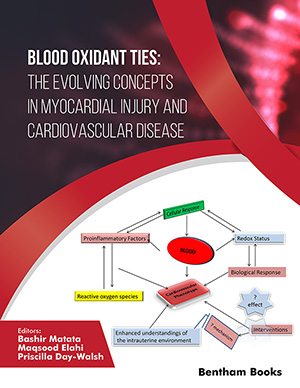Abstract
Cardiolipin is a major membrane phospholipid in the mitochondria and is essential for cellular energy metabolism mediated through mitochondrial oxidative phosphorylation. Recent studies indicate that it plays a diverse role in cellular metabolism. Eukaryotic cardiolipin is synthesized de novo from phosphatidic acid via the cytidine-5’-diphosphate- 1,2-diacyl-sn-glycerol pathway and is deacylated to monolysocardiolipin in order for it to be remodelled into the form that is observed in mitochondrial membranes. This resynthesis of deacylated cardiolipin from monolysocardiolipin occurs via the Barth Syndrome gene product tafazzin and acyllysocardiolipin acyltransferase-1, monolysocardiolipin acyltransferase- 1 and the alpha subunit of trifunctional protein. Heart failure is a disease condition in which the amount and type of cardiolipin is altered. Several animal models have been generated to study the role of altered cardiolipin in heart failure. In many of these models loss of the tetralinoleoyl-cardiolipin species is observed during the development of the heart failure. In the doxycycline inducible short hairpin RNA tafazzin knock down mouse, loss of tetralinoleoyl-cardiolipin is associated with a mitochondrial bioenergetic disruption. Reduction in mitochondrial supercomplex formation and NADH dehydrogenase activity within these supercomplexes is observed. Modulation of CL fatty acyl composition may serve as a therapeutic strategy for the treatment of several pathologies including cardiac dysfunction.We propose that increasing cardiolipin may improve mitochondrial function and potentially serve as a therapy for diseases which exhibit mitochondrial dysfunction involving reduced cardiolipin.
Keywords: Barth syndrome, cardiolipin, heart failure, mitochondria, monolysocardiolipinacyltransferase, phospholipid, tafazzin.

























